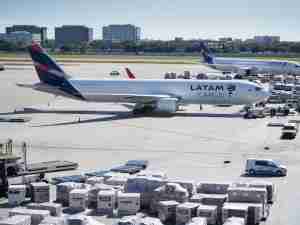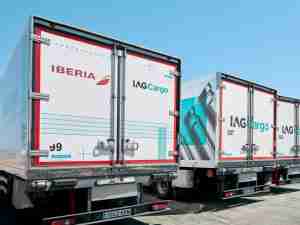The investigation into last month’s Sriwijaya Air crash in Indonesia is focusing on the engine-control system of the Boeing Co. 737-500 jet, potentially dealing another blow to the U.S. manufacturing giant as it emerges from the global grounding of its 737 Max following two other fatal crashes.
While Indonesia’s National Transportation Safety Committee is still trying to determine the exact cause of the crash, the left engine throttle lever was trimming back the power output just before the 26-year-old jet plunged into the sea, according to a family member who attended a briefing given by the regulator in Jakarta on Tuesday.
“The NTSC hasn’t reached any conclusion on the cause of the crash, but they did say that there was an uncommanded backward movement of the left throttle lever while the autopilot was in operation,” said Rafik Alaydrus, who lost his wife in the disaster.
NTSC Chairman Soerjanto Tjahjono and lead investigator Nurcahyo Utomo didn’t immediately respond to messages and calls seeking comment. A representative for Boeing also didn’t immediately respond to an emailed request for comment. The NTSC is due to issue its preliminary report on Wednesday.
A person familiar with the investigation told Bloomberg News last month that a malfunctioning automatic throttle was being considered as a reason for the pilots losing control by producing more thrust in one of the two engines. The device had been having problems on previous flights, according to the person. Unequal thrust can cause a plane to roll onto its side and descend abruptly.
Sriwijaya Air Flight 182 crashed into the Java Sea four minutes after takeoff from Jakarta’s main airport on Jan. 9, killing all 62 people on board. Searchers retrieved the flight-data recorder from the jet, but the memory module of the cockpit-voice recorder still hasn’t been found.
The jet nosedived more than 10,000 feet (3,050 meters) in about 15 seconds, according to tracker Flightradar24. The NTSC had said that both engines appear to have been functioning prior to the plane hitting the water.
“An auto-throttle issue shouldn’t crash the aircraft unless it is combined with several other problems or factors, because the crew could simply just switch it off,” Jakarta-based aviation analyst Gerry Soejatman said.
The pilots were experienced and flying an aircraft with a relatively good safety record. Sriwijaya Air, despite being little known outside of Indonesia, has a solid history too, with no fatal crashes since its establishment in 2003.
But the crash was yet another blight on Indonesia’s poor aviation safety record, with two other major tragedies in recent years. In 2014, an AirAsia jetliner carrying 162 people went down in the Java Sea, killing all on board, and then in 2018 a Lion Air crash in the same waters claimed 189 lives.
The aircraft in the Lion Air crash was a Boeing 737 Max, which was grounded worldwide following another crash in Ethiopia the following March. Safety regulators are only just lifting their ban on the Max, which started flying again in countries including the U.S. and Brazil at the end of last year. The grounding is still in place in several places, including China and Indonesia.
Boeing’s 737-500 has been involved in eight hull-loss accidents—where the aircraft isn’t repairable, according to Aviation Safety Network. The Sriwijaya Air crash was the third-deadliest involving the plane. Eighty-eight people were killed in a 2008 Aeroflot crash and another 68 died in an Asiana Airlines disaster in 1993. Investigators linked those to factors including pilot performance, training and weather.








